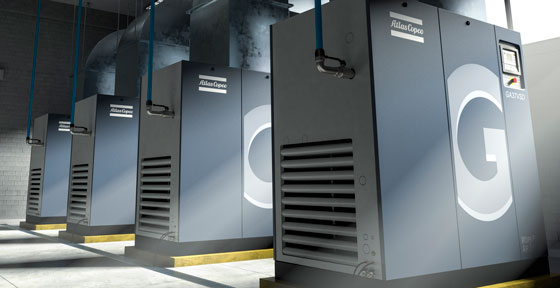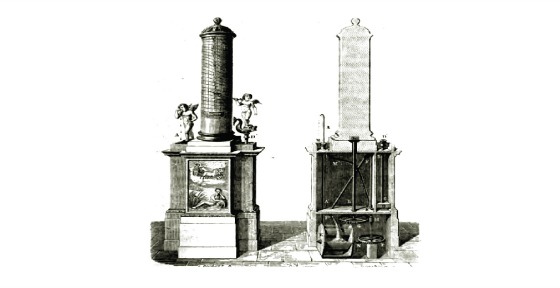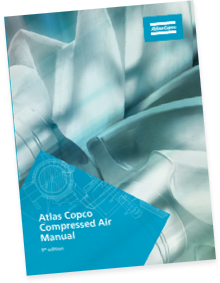Almost 2,300 years ago during the rule of Ptolemy in ancient Egypt, revolutionary breakthroughs were being made in physics and mathematics. It was during this period that Erasthonese approximated the circumference of the earth; Aristarchus posited that the Earth revolves around the sun; and Ctesibius made a number of inventions that still form the basic principles of air compressors and vacuums today.
Known as “the father of pneumatics,” Ctesibius made many advances in pneumatics — with the discovery of air’s elasticity — and in hydraulics. He is credited with creating the first pipe organ, which utilized a hand operated pump to send air compressed by the weight of falling water through pipes of various lengths and circumferences.
Though the application is far from modern pipe organs and other sophisticated uses of compressed air we have today, Ctesibius’ instrument is one of the first known examples of employing compressed air. Ctesibius also invented other contraptions that utilized compressed air, including an air-powered catapult and a force pump.
Ctesibius’s work in compressed air overlapped with hydraulics. He created the first double-chamber, double-action forcing pump used to draw water from a well. The same principles are used today in vacuums for wet and dry applications. Ctesibius used his hydraulics research to improve the clepsydra, or water clock. In fact, Ctesibius’ enhancements made the clock the most accurate in the world for over 1,800 years.
Despite the impact “the father of pneumatics” had on the scientific community, little of his work survives today. Ctesibius wrote numerous treatises on compressed air and experiment with it in various forms, but much of what we know today comes from other sources, including Vitruvius.
Without the contributions of Ctesibius in both compressed air and hydraulic theory and application, many subsequent inventions that ultimately led to the engineering and development of modern air compressors and vacuums would not have been possible.




